A Zener diode is one of the diode types that is often used at any electronics bench. That is because Zener diodes are almost always used in power supply circuits and wave shaping circuits. Zener diodes are just like a regular PN junction diode, athough it is heavily doped. This makes the diode behave differently than a signal diode when it operates in the reverse bias region.
Both a signal diode and a Zener diode operate similarly in the forward bias region. In reverse bias, a signal diode blocks any current from cathode to anode. Only a negligible amount of reverse current inclusive of reverse saturation current and body current, flows through the diode in a range of nA or uA. This current is so small compared to any circuit current that it cannot drive any load. The circuit current is usually in the mA range. When the reverse voltage is increased beyond a certain voltage called Knee voltage, the current through the diode from cathode to anode rises exponentially, soon attaining the circuit current level. At this point, a signal diode or power diode is damaged. Signal diodes often fall open-circuit while power diodes fall short-circuit on being damaged. Therefore, a signal diode and a power diode always allow the flow of current in only one direction, i.e., from anode to cathode. Any excessive voltage applied to let the flow of current from cathode to anode breaks the diode.
A Zener diode is different. It lets the flow of current in both directions. However, the reverse current (from cathode to anode) can flow only when the reverse voltage is higher than a precisely rated voltage, i.e., the Zener voltage. When a Zener conducts circuit current in reverse bias condition, it drops the Zener voltage across it and lets the resultant circuit current flow through it.
What is a Zener diode?
A Zener diode is a heavily doped semiconductor diode designed to operate in a reverse direction (cathode to anode). These diodes are designed to have their reverse breakdown at a sharp, well-defined ‘reverse voltage’ such that they can operate in the reverse bias region without breaking. The specific voltage at which a Zener diode has reverse breakdown is called ‘Zener voltage’. Zener diodes are available with a wide range of Zener voltages, typically from 1.8V to 200V. A Zener diode only conducts current in reverse bias when the applied voltage is higher than its Zener voltage.
The electrical symbol of a Zener diode is different from a generic diode. A regular diode (signal or power diode) is shown in a circuit using the following symbol.
The following symbol shows a Zener diode.
Note the bent edges on the bar in the Zener diode’s symbol. It is important to distinguish a Zener diode from a regular diode in a circuit diagram. The regular diodes do not conduct current in response to any reverse voltage and act as an open circuit. A Zener diode conducts from cathode to anode if the reverse voltage is greater than its Zener voltage. This fact must always be considered when analyzing a given circuit.
How a Zener diode works
A Zener diode is a heavily doped semiconductor diode. A regular semiconductor diode in reverse saturation suffers from an Avalanche breakdown when the applied voltage exceeds the Knee voltage. Avalanche breakdown in regular diodes breaks them either, causing them open-circuited (often in the case of signal diodes) or short-circuited (often in the case of power diodes).
Zener diodes in reverse saturation exhibit two kinds of breakdown – Avalanche Breakdown and Zener Breakdown. A Zener diode does not break in either Zener breakdown or Avalanche breakdown.
When a regular semiconductor diode is applied reverse voltage, its depletion region widens due to the effect of the applied electric fields. The width of the depletion region keeps on increasing as the applied reverse voltage is increased. All through this time, a small reverse saturation current flows from cathode to anode due to minority charge carriers. At a certain reverse voltage, the ‘Knee’ voltage, the minority charge carriers have enough kinetic energy due to the electric field at the depletion region that they start colliding with the stationary ions knocking off more free electrons. The newly generated free electrons also gain similar kinetic energy due to the electric field across the depletion region. They also collide with stationary ions knocking off an even greater number of free electrons. This operates like a chain reaction cumulating a large amount of current through the depletion region that the diode becomes conductive. This is called the ‘Avalanche’ breakdown.
A Zener diode has a different kind of breakdown in reverse bias. This is called the Zener breakdown, which occurs even before the Avalanche breakdown. A Zener diode is heavily doped. It has a higher number of impurity atoms than a regular diode, so is a higher number of ions in the depletion region. Due to the higher number of ions, the depletion region of a Zener is very thin. There is a stronger electric field at the depletion region because of its narrow width. Due to the strong electric field at the depletion region, the valence electrons of the ions come into the conduction band, and a large amount of current starts flowing from cathode to anode.
Note that the Avalanche breakdown results from the collision of minority charge carriers with the ions in the depletion region. At the same time, Zener’breakdown is a quantum phenomenon that happens because valence electrons have moved from valence band to conduction band in the influence of electric field across the narrow depletion region.
The Zener breakdown occurs before the ‘Avalanche’ breakdown. The Avalanche breakdown does not happen at a specific voltage and largely depends on the operating conditions of the diode and the circuit. The Zener breakdown happens at a sharp voltage, the Zener voltage, which is preset by the doping level of the diode. Once a Zener diode goes in Zener breakdown, it is conductive from cathode to anode, and there is no chance of ‘Avalanche’ breakdown.
As a Zener diode starts conducting in reverse bias, the voltage drop across it is fixed to Zener voltage’, which remains unaffected by the voltage variations from the source. Though, the current through the Zener can vary depending upon the circuit current drawn by the load. Once the load current is settled, the current through the Zener diode also stabilizes.
Zener diodes use both phenomena – Zener breakdown and Avalanche breakdown. If the Zener voltage is up to 6V, it starts conducting reverse bias at Zener voltage due to Zener breakdown. If the Zener voltage rating is greater than 6V, the Zener diode conducts on Avalanche breakdown at the rated voltage. The Zener diodes conduct higher current when they are conductive due to Avalanche breakdown than when they conduct due to the Zener breakdown.
When a Zener diode is forward biased, it operates as a normal diode. Due to high doping, the maximum forward current rating of Zener diode is always greater than regular diodes.
Zener diode packaging
Zener diodes come in both through-hole and SMD packages. The through-hole models are usually glass encapsulated to handle high power dissipation. Both kinds of packages have a band on one end to indicate the cathode.
Connecting Zener diode in a circuit
In a circuit/network, a Zener diode may be connected either with the load in series with the diode or load drawn parallel to the diode. The Zener diode is always connected to operate in the reverse direction.
When Zener is connected in series to the load, the applied voltage drops by the Zener voltage of the diode, and the remaining voltage appears at the anode end of the Zener. There is usually a resistor connected in series with the Zener diode. This resistor and the remaining load circuit resistance determine the current through the Zener diode. The same current flows through the load as well as the Zener diode.
When Zener is connected with load in parallel, the same voltage applies to the load network until the applied voltage is less than the Zener voltage. As the applied voltage increases beyond Zener voltage, only the Zener voltage dropped across the diode appears across the load network. So, the voltage to the load network never goes beyond the Zener voltage. Now, the current through the load network depends upon the Zener voltage and the load resistance. If a resistor or another network is already connected in series to the Zener (and load network) before the voltage source, the current is already limited by that resistor or network.
Zener diode reference
There are hundreds of Zener diode models available. The following table lists some of the popular Zener diodes.
Zener diode applications
Note that this list is not exhaustive. This list is only an attempt to list popular Zener diodes with Zener voltages up to 6V. This table can serve as a starting point to exploring Zener diodes.
The Zener diode has the following common applications:
- Voltage reference: When a load circuit has to be supplied with a fixed voltage, it can be connected in parallel to a Zener diode of the same Zener voltage. In this way, the voltage across the load device/network will appear the same as the Zener voltage, but never higher than that. The voltage source to the Zener must be greater than the Zener voltage; otherwise, the Zener diode will not go in conduction in the reverse direction, and the applied voltage less than the Zener voltage will appear at the load.
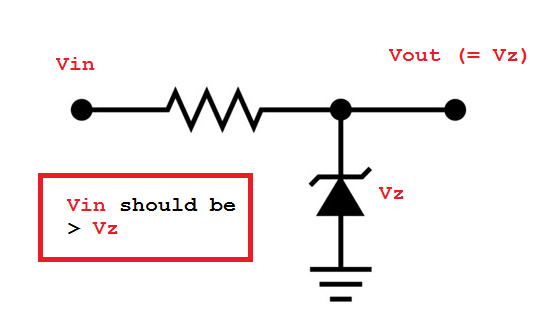 Note that this is not an ideal voltage regulation. In the above circuit, the current to the load is limited by the resistance. The voltage to the load can vary depending upon the current drawn by the load itself. The voltage can also vary due to temperature.
Note that this is not an ideal voltage regulation. In the above circuit, the current to the load is limited by the resistance. The voltage to the load can vary depending upon the current drawn by the load itself. The voltage can also vary due to temperature.
- Multi-rail power supply – A multi-rail supply can be designed using multiple Zener diodes. The Zeners can be connected in series to provide different voltage drops together. This is the same as using Zener for voltage reference. A single Zener diode is used in a simple voltage reference to provide a fixed voltage drop across a load network. Several Zener diodes are used in a multi-rail supply to provide symmetric and/or ascending voltage drops. Remember that the current through the Zener diodes must be sufficient to drive the load networks. For this, the Zener diodes themselves should have an appropriate power rating, and there should be no network or resistance limiting the current through the Zener diodes beyond the required current levels at the load. Below is a symmetric power rail designed with Zener diodes.
Below is another multi-rail power supply circuit using Zener diodes.
- Voltage clamping: AC signals can be clamped using a Zener diode. If the peak amplitude of an AC signal is Vpeak high, a Zener diode of Zener voltage, Vz can clamp the positive peak to Vz by connecting the output to the cathode of the Zener and connecting the anode of the Zener to the ground. The level of clamped signal can be increased above Vz by connecting a positive rail of the required increment at the anode of the Zener rather than connecting that to ground. This will also remove the negative cycle completely from the output.
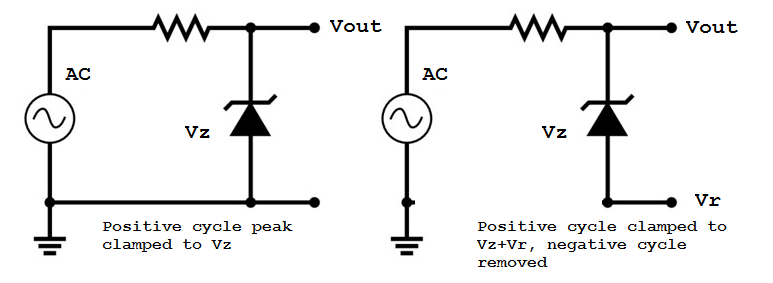 Even two Zener diodes can be connected in opposite directions in series to get a symmetric clamping of the input AC signal.
Even two Zener diodes can be connected in opposite directions in series to get a symmetric clamping of the input AC signal.
- Voltage translation – Zener diode can be used to smooth input supply to a voltage regulator. By connecting a Zener diode in series with a voltage source to a voltage regulator, the input voltage source can be dropped by Vz. In comparison to a voltage dropping resistor, the Zener diode in its place can tolerate all the current variations by the load at the other end of the voltage regulator.
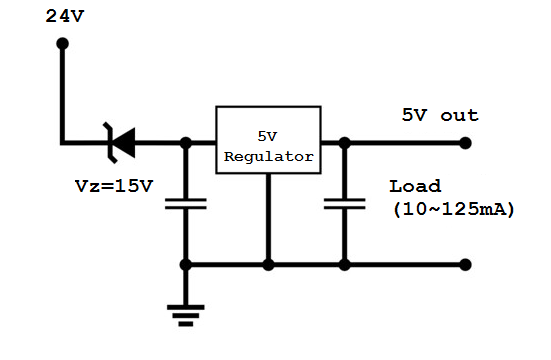 How to select a Zener diode
How to select a Zener diode
The two most important factors determining the selection of a Zener diode for a given application are its ‘Zener voltage’ and power rating. A Zener diode must be selected by the Zener voltage that must be dropped by its series connection, or it must provide across a parallel connection. Secondly, its power rating should be enough, not limiting the current drawn by the load device or network.
You may also like:
Filed Under: Featured, Tech Articles

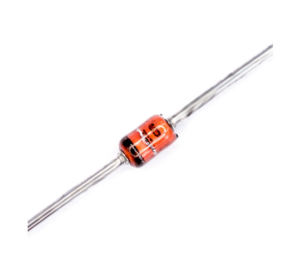
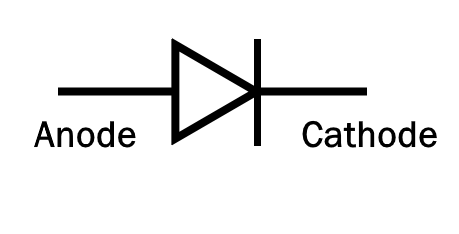
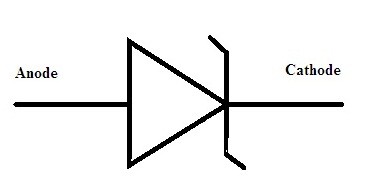
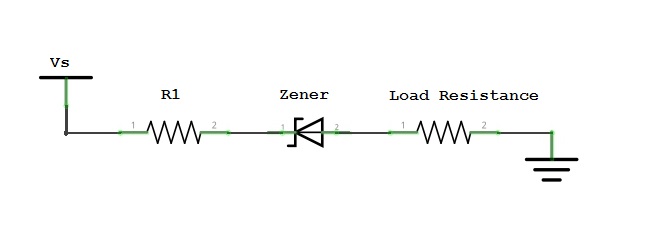
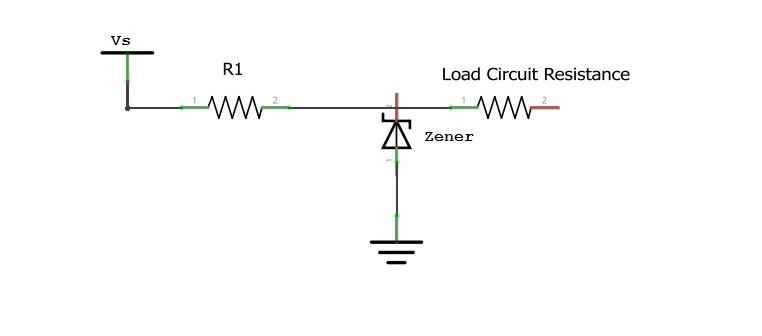

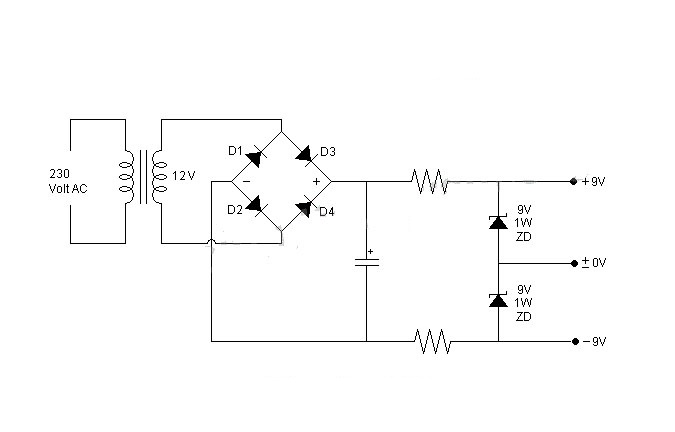
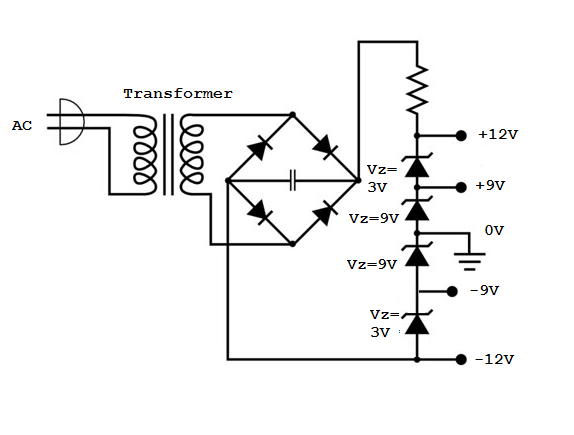
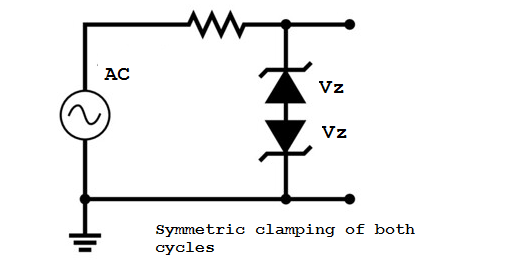
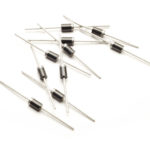
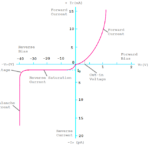
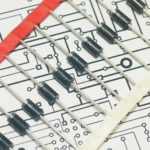
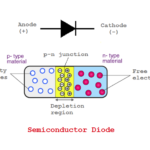
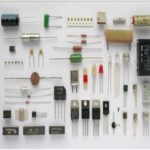

Questions related to this article?
👉Ask and discuss on Electro-Tech-Online.com and EDAboard.com forums.
Tell Us What You Think!!
You must be logged in to post a comment.